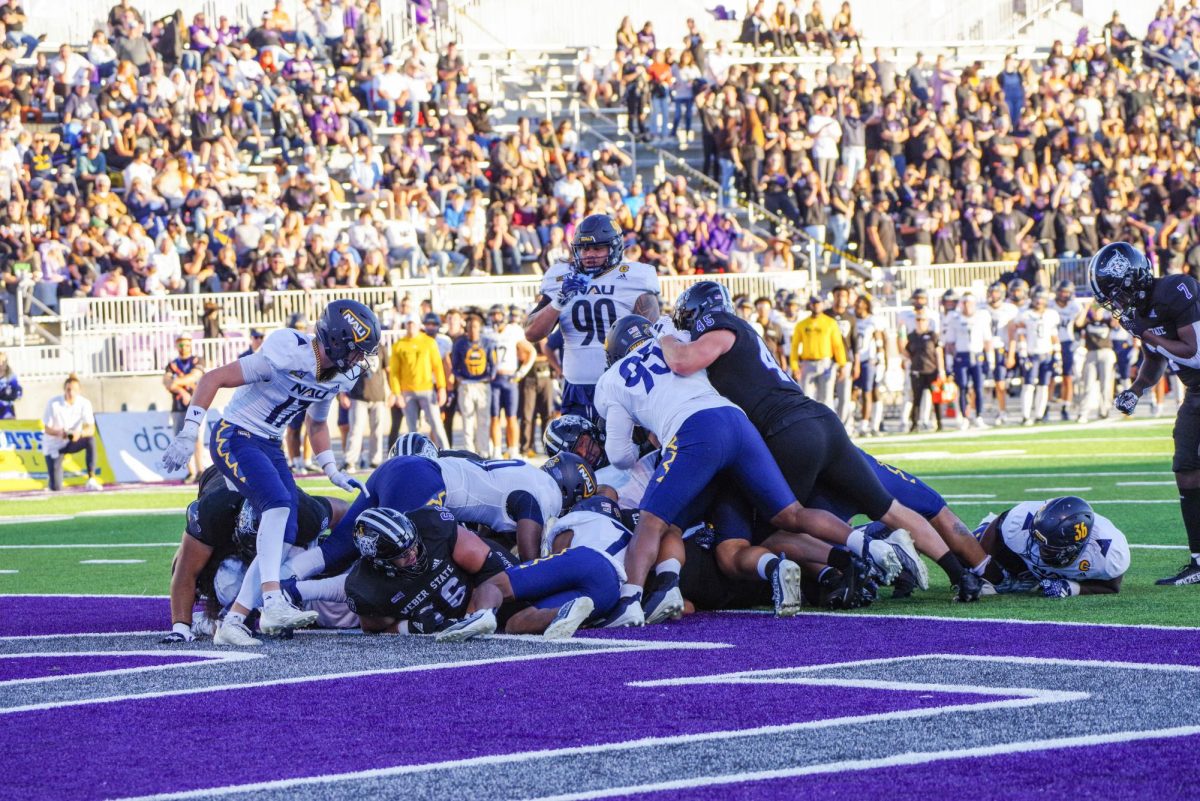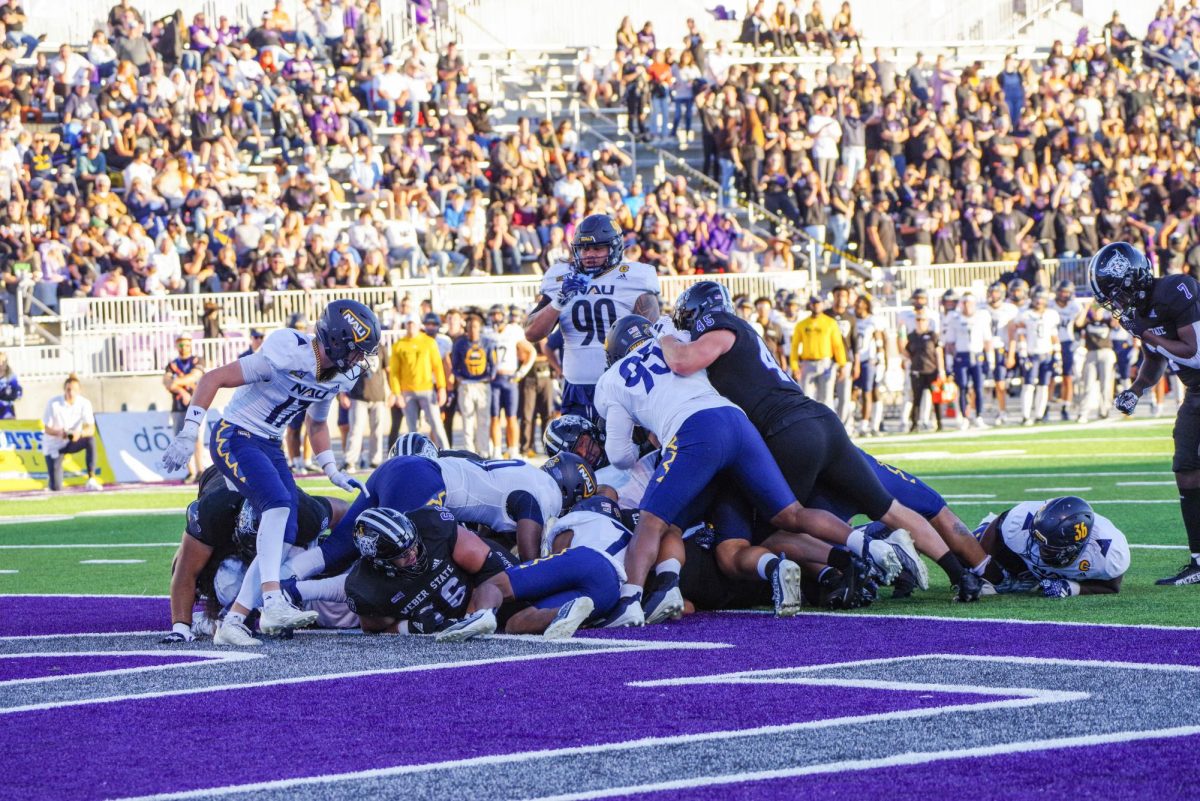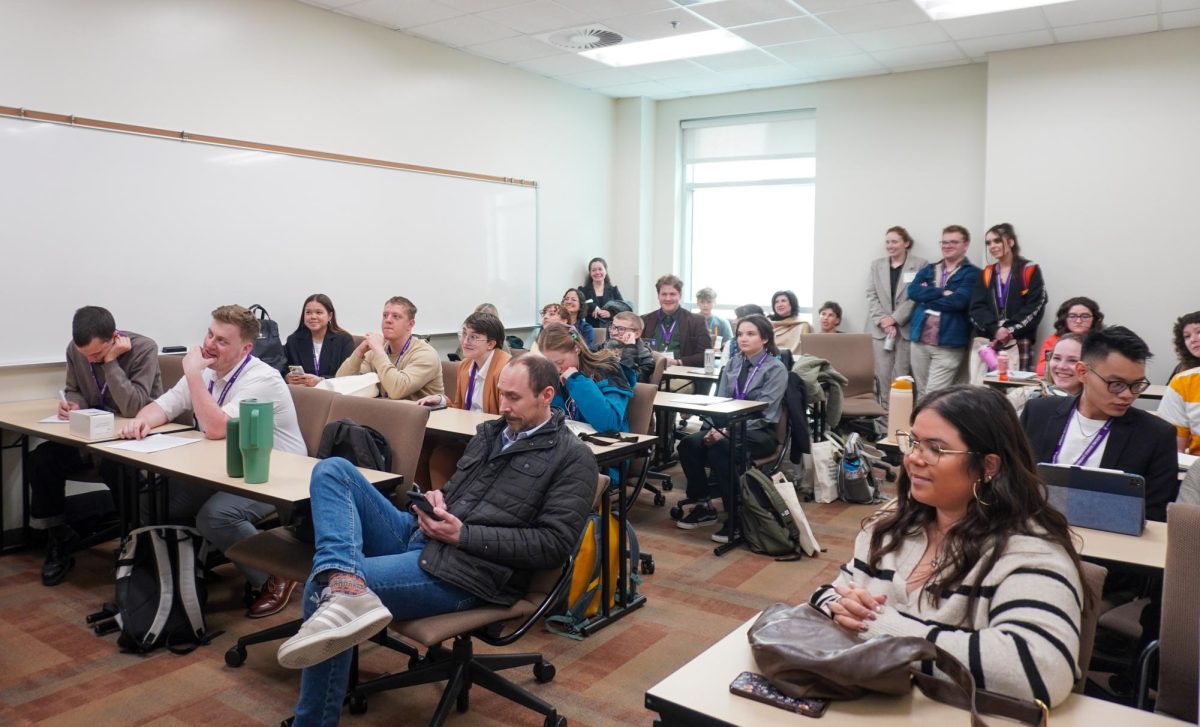Dr. Robert Walker, the chair of the Weber State University School of Radiologic Sciences, views National Radiologic Technology Week as an appropriate time to remind students that they are a part of something greater than the classroom.

To do so, Walker organized a one-day conference with The School of Radiologic Sciences, where expert radiologic technologists and other health care professionals will educate WSU students on Nov. 7.
“We want our students to have an idea of why … global health is important them,” Walker said. “Our guest speakers will share their expertise on international issues related to radiology.”
Dr. Tanya Nolan, a professor in the School of Radiologic Sciences, added to Walker’s sentiment.
“We want our students to appreciate the diversity that they will see among their patients,” Nolan said. “Health care is an increasingly globalized service, with international challenges. We want to teach our students the skills necessary to succeed wherever they find clinical employment, whether local or abroad.”
On Nov. 8, 1895, Wilhelm Conrad Roentgen, a German mechanical engineer and physicist, became the first person to produce and detect x-rays.
The discovery of this type of radiation revolutionized the world of medicine. Medical professionals could suddenly look into the bodies of their patients without the risks associated with surgery.
Now, radiologic technologists are discovering new ways to use x-rays in body imaging and cancer treatment.
The American Society of Radiologic Technologists commemorates Roentgen’s discovery each year and invites radiologic technologist professionals and students to share in the memory. The society’s website states, “The week-long celebration calls attention to the important role medical imaging and radiation therapy professionals play in patient care and health care safety.”
The WSU School of Radiologic Sciences staff expects four hundred students from Utah, Wyoming, Montana, Nevada, Idaho and Arizona to attend the event. The event is also open to the public and to Weber State students who may be interested in pursuing medical imaging as a career.
According to Walker and Nolan, hospitals and clinics are increasingly looking to hire graduates who have training and certification in various medical imaging skills. The School of Radiologic sciences wants to provide this training in a convenient, affordable and quality manner. The faculty encourages students to pursue a bachelor’s degree in advanced imaging immediately after the completion of their x-ray education.
“We are the second-largest graduating program of the university,” Walker said. “These students will go on to represent [the university] all around the country and the world. The university is increasingly gaining exposure for its allied health programs, with Radiologic Sciences leading the way.”



















